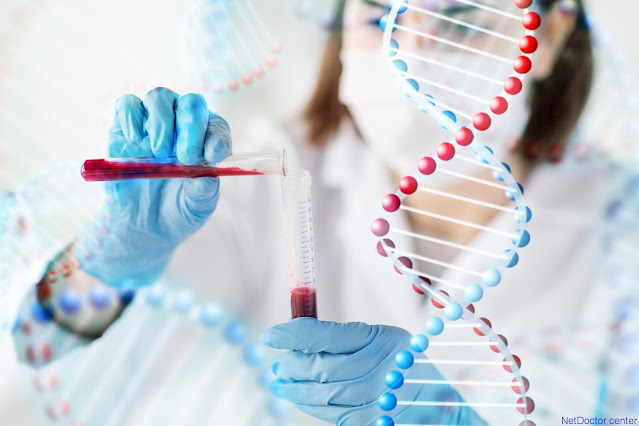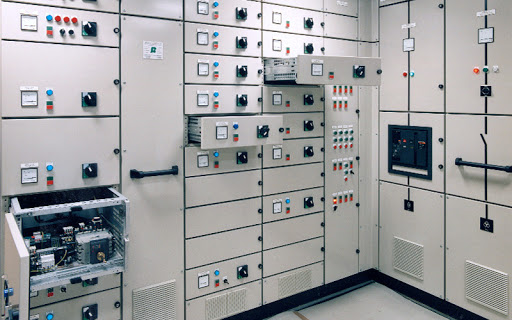Recent Advances in Cancer Diagnostics: A Comprehensive Review
Recent advances in cancer diagnostics have significantly transformed the landscape of cancer detection, diagnosis, and treatment. These breakthroughs have improved early detection, accuracy, and personalized treatment approaches, leading to better patient outcomes. Here's a comprehensive review of some notable recent advancements in cancer diagnostics:
According to Coherent Market
Insights, The
global cancer diagnostics market is estimated to be valued at US$ 59.1 Billion in 2023 and is
expected to exhibit a CAGR of 9.6%
during the forecast period (2023-2030).
1. Liquid Biopsies: Liquid
biopsies have emerged as a non-invasive and highly sensitive diagnostic tool
for detecting cancer. These tests analyze circulating tumor cells, cell-free
DNA, or exosomes in blood samples to identify specific genetic mutations or
biomarkers associated with cancer, allowing for early detection and monitoring
of treatment response.
2. Artificial Intelligence (AI)
and Machine Learning: AI-driven algorithms have revolutionized cancer
diagnostics by analyzing vast amounts of medical data, including imaging,
pathology, and genomic data. These advanced computational techniques aid in
early detection, accurate diagnosis, and personalized treatment recommendations
based on individual patient characteristics.
3. Genomic Profiling:
Next-generation sequencing (NGS) technologies have enabled comprehensive
genomic profiling of tumors, revealing specific mutations, gene fusions, and
alterations. This information helps oncologists identify potential therapeutic
targets and match patients with appropriate targeted therapies or clinical
trials.
4. Liquid Biopsy-Based ctDNA
Testing: Circulating tumor DNA (ctDNA) testing through liquid biopsies has
shown promise in monitoring treatment response and detecting minimal residual
disease in cancer patients. It provides real-time insights into the
effectiveness of treatments and assists in making timely treatment adjustments.
5. Multi-omics Integration:
Integrating data from various omics technologies, such as genomics, proteomics,
and metabolomics, allows for a more comprehensive understanding of cancer
biology. This integrated approach enhances diagnostic accuracy and facilitates
the identification of new therapeutic targets.
6. Digital Pathology: Digital
pathology involves the digitization of histopathology slides, enabling remote
access and computer-assisted analysis. This innovation streamlines the
diagnostic process, improves accuracy, and facilitates collaboration among
pathologists and oncologists.
7. Microfluidics and
Nanotechnology: Microfluidic devices and nanotechnology-based assays enable the
isolation and analysis of rare circulating tumor cells and other biomarkers
from small samples. These technologies offer valuable information for early
cancer detection and personalized treatment decisions.




Comments
Post a Comment